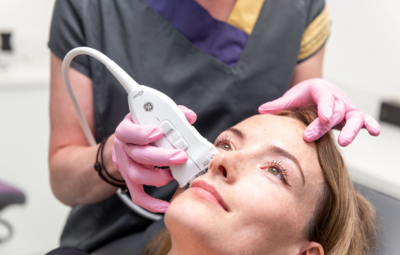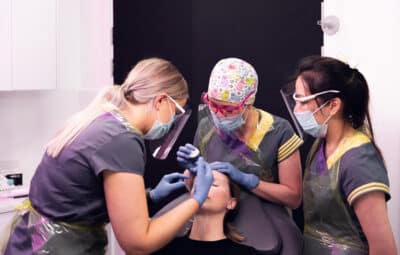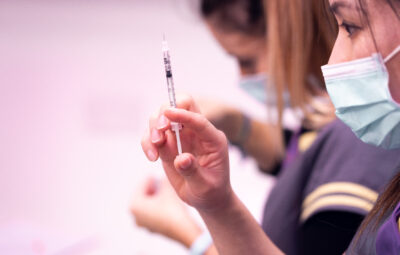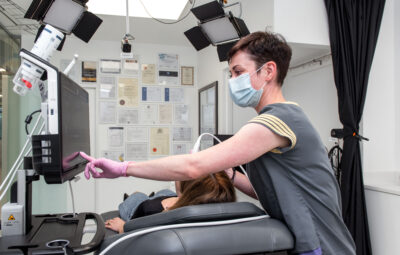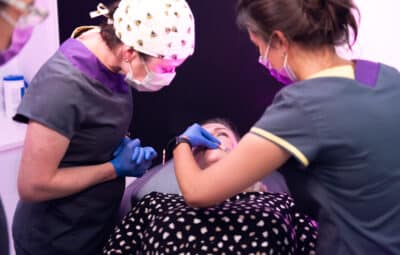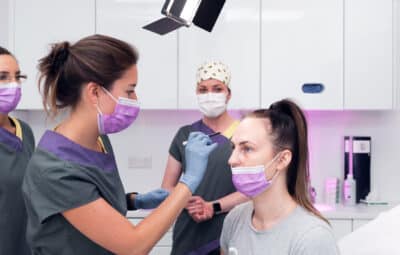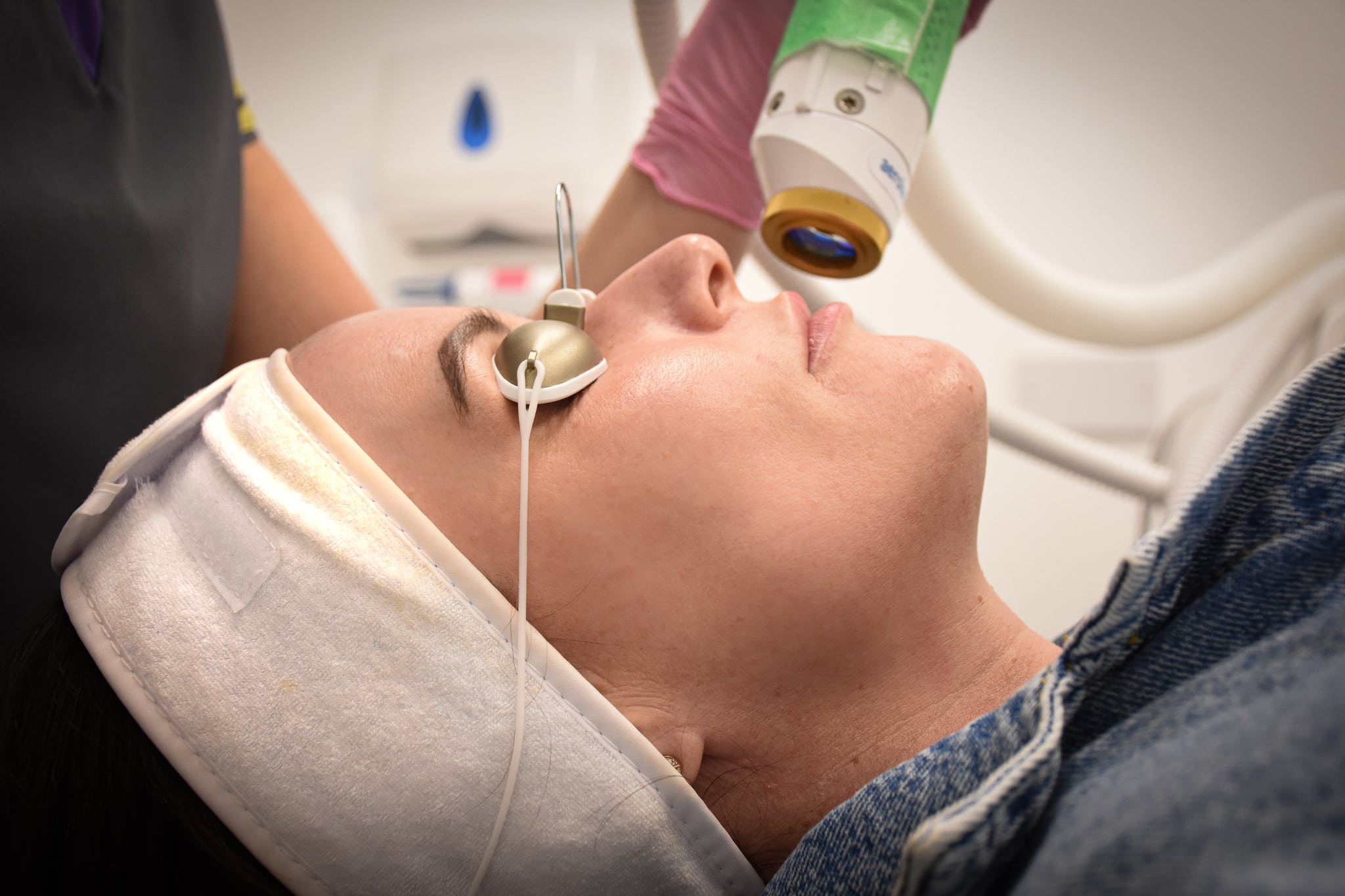
The Best Types of Laser Treatments for Face
27 June 2024
In this post:
- Learn about the different types of laser treatments for face including ablative, non-ablative, and fractional lasers, and how they use light energy to target and treat various skin concerns.
- Detailed exploration of specific lasers such as CO2, Erbium YAG, Nd:YAG, and Pulsed Dye lasers, explaining their unique benefits, ideal uses, and what makes each suitable for different skin types.
- Understand the innovative fractional laser treatment method, including traditional and hybrid fractional lasers, and how they offer a balanced approach to skin rejuvenation with less downtime.
- Explanation of Intense Pulsed Light (IPL) treatments, how they differ from traditional lasers, and their effectiveness in treating a broad spectrum of skin issues with minimal discomfort.
New treatments and technologies emerge in the aesthetics industry each year, but one that has stood the test of time is laser.
It stands out as not only a revolutionary cosmetic technology but a highly effective tool for addressing a wide range of skin concerns.
Whether you’re looking to diminish the appearance of your wrinkles, correct hyperpigmentation concerns, or reduce your acne scars, there is a laser for you. All lasers come with their own set of unique benefits. It’s important for both clinicians and patients to be aware of the differences between each laser treatment to save money and time.
This post is part two of our three part series on skin laser devices. Part one is a comprehensive overview of laser skin resurfacing. Part three will explore why laser devices are at the forefront of current aesthetic industry trends.
The Science Behind Laser Treatments
Laser treatments are typically categorised into three types: ablative, non-ablative, and fractional.
Each type has a different approach to treating the skin, but the science behind laser treatment remains the same: a light energy is utilised to target specific skin concerns. Which skin conditions the laser targets depends on its type.
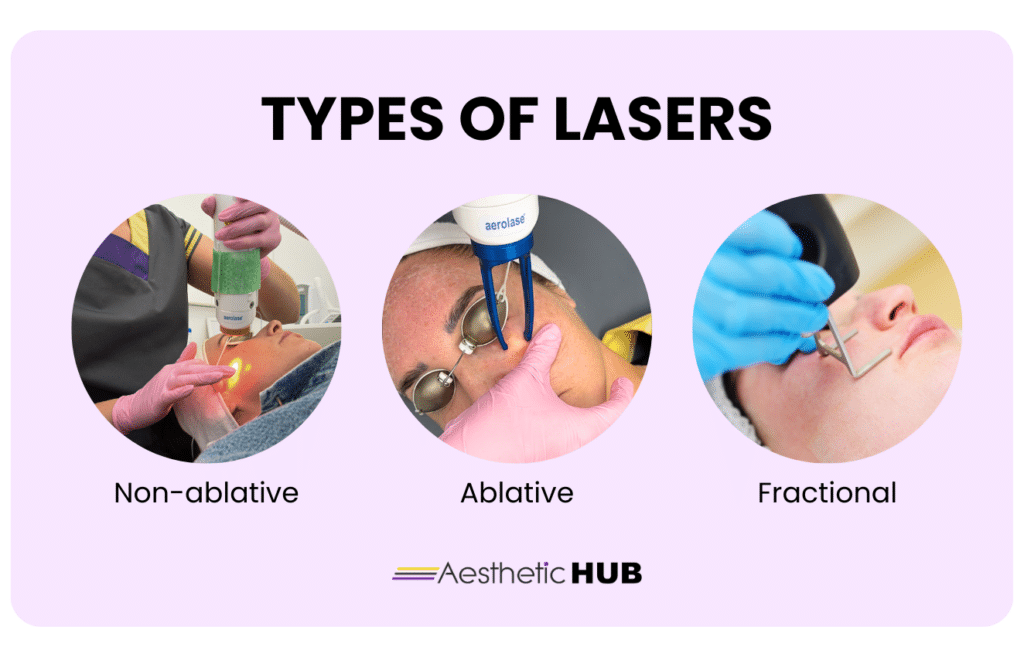
Ablative lasers work by removing the outer layer of skin (the epidermis) and heating the underlying skin (the dermis). This stimulates growth of new collagen fibres. As the treated area heals, smoother, firmer skin grows in the damaged skin’s place. Ablative lasers are highly effective for treating pronounced skin issues like deep wrinkles, significant sun damage, and severe acne scarring. The two most common types of ablative lasers are the CO2 laser and the Erbium YAG laser.
Non-ablative lasers do not remove the outer layers of the skin, unlike ablative lasers. Instead, they heat up the underlying skin tissue without harming the surface. Non-ablative lasers are able to reach deeper into the skin. This less invasive approach helps stimulate collagen production and rejuvenate the skin over a longer period of time. A major advantage of non-ablative laser treatment is the minimal downtime. This type of laser is best for mild skin concerns, like hyperpigmentation and fine lines. Examples of non-ablative lasers include the Nd:YAG laser and the Pulsed Dye laser.
Fractional laser is not a type of laser but rather a method of laser treatment. This treatment works by creating microscopic wounds in the skin, targeting only a “fraction” of the skin’s surface. The surrounding tissue areas are left intact to promote faster healing. Fractional lasers can be either ablative or non-ablative and are most effective at treating specific localised skin concerns like scars or concentrated areas of pigmentation. Although Fraxel is a popular brand name of fractional lasers, many colloquially refer to all fractional lasers as “Fraxel” lasers.
Different Types of Laser Treatments for Face
CO2 Lasers
The CO2 laser is a popular ablative laser that has long been considered the industry-standard for treating a wide range of skin issues. These include deeper wrinkles, pitted acne scars, warts, and even certain types of skin cancer. This laser precisely removes layers of skin with minimal heat damage to surrounding areas.
While this treatment is intense, it produces dramatic results. Some patients only need one session to achieve their desired results. The intensity means a longer recovery period and a higher risk of complications such as scarring or post-inflammatory hyperpigmentation. Recovery typically lasts up to two weeks, but can be longer depending on treatment intensity and the size of the area treated.
CO2 works by emitting a wavelength of 10,6000 nm, which is then absorbed by the water in the skin cells. The targeted skin cells vaporise to effectively resurface the skin. Because the laser is so precise, it’s an excellent option for targeting severe skin concerns. It is also effective in stimulating collagen, which further aids in skin tightening and rejuvenation.
Erbium YAG Lasers
Erbium YAG (Er:YAG) lasers are another type of ablative laser. They are less intense than CO2 lasers, making them a safer option for individuals with darker skin tones or those more sensitive to pain. The recovery time for Er:YAG lasers is typically never longer than a week. It is the laser of choice for treating moderate lines, wrinkles, and other superficial skin concerns.
It operates at a wavelength of 2,940 nm, which, like the CO2 laser, is absorbed by water in the skin. However, it causes significantly less thermal damage, resulting in a much quicker recovery period. Er:YAG lasers also come with less risks for complications than the CO2 laser. It will typically take more sessions to produce the results created in one CO2 session.
Er:YAG is Smileworks Liverpool’s ablative laser of choice, and we use the game-changing Aerolase Era laser for our patients.
Neodymium YAG Lasers
Neodynium YAG (Nd:YAG) stands out in the non-ablative class due to its versatility and safety profile. It’s a laser that is suitable for all skin types, including darker skin. Its safety comes from its long 1064 nm wavelength of light that penetrates deep into the skin to treat skin concerns at their source. This type of laser is commonly used for spider veins, pigmentation issues, rosacea, and even acne treatment.
The Nd:YAG laser’s deep penetration also makes it effective at stimulating collagen production, which can tighten and rejuvenate the skin over time. This laser is incredibly safe and there is minimal risk for side effects. The worst you’ll experience is minor skin redness that will fade within a day. Results are not always immediately visible with this laser, and most patients require multiple sessions.
Nd:YAG is our preferred non-ablative laser because of its effectiveness and safety, and we use Aerolase Era’s powerful sister laser, Aerolase Neo.
Pulsed Dye Lasers
Pulsed dye lasers are another non-ablative laser. This laser is specifically designed to target blood vessels beneath the skin, making it best for treating conditions like rosacea, spider veins, and vascular lesions. It works by delivering bursts of light that are then absorbed by the blood vessels, causing them to collapse and disappear. This treatment is gentle, painless, and requires no downtime.
This laser type operates at a wavelength of 585-595 nm, which is selectively absorbed by haemoglobin in the blood. The absorbed energy causes the blood vessels to coagulate and be reabsorbed by the body. The minimal discomfort makes pulsed dye lasers a great choice for patients with sensitive skin.
Fractional Lasers
Fractional lasers are a relatively new but powerful advancement in laser technology, offering a much needed middle ground between ablative and non-ablative lasers.
Traditional fractional lasers work by creating thousands of microscopic treatment zones in the skin. This creates a targeted approach that treats only a fraction of the skin at a time. This method works best with the body’s natural healing process, leading to the production of new collagen and elastin fibres. They can be either ablative or non-ablative.
An even newer invention in the fractional laser space are hybrid fractional lasers. This laser combines ablative and non-ablative wavelengths in a single treatment session. This approach targets multiple skin depths simultaneously, providing the ultimate skin rejuvenation without the long downtime of ablative treatments. The outer layers of the skin are able to be removed while also stimulating the deeper layers of the skin. Three long weeks of downtime turns into just one, but the impressive results are still maintained.
IPL Laser
The IPL laser is not a laser in the technical sense, but they are often grouped with lasers because they both use light to treat the skin. Unlike traditional lasers, IPL devices emit multiple wavelengths of light to target various chromophores in the skin. This makes the IPL device a highly versatile one for treating a wide range of skin issues like sun damage, rosacea, and age spots.
IPL works by delivering light pulses that then penetrate the skin and are absorbed by the pigmented areas of the skin. The absorbed light is converted into heat which destroys the targeted cells while leaving the surrounding tissue unharmed. This process is effective at reducing pigmentation, vascular lesions, and unwanted hair growth.
Despite its versatility, the IPL device is considered less effective than other lasers. However, its ability to address multiple issues with minimal discomfort and downtime still makes it a popular choice for many patients.

The Best Laser Skin Resurfacing in Liverpool
Laser skin resurfacing is a powerful and in-demand treatment for achieving flawless, youthful skin, and there’s no better place in the UK to get it than Smileworks Liverpool. At Smileworks we use the game-changing Aerolase laser system which consists of the Era, an ablative Er:YAG laser, and the Neo, a non-ablative Nd:YAG laser.
Ready to explore how laser skin treatment can help you unlock your most confident self? Get in touch today, and we can schedule your consultation with our experienced laser technician.
Are you an aesthetic practitioner looking for more information on how lasers fit into current aesthetics industry trends? Check out part three of our laser blog series.
